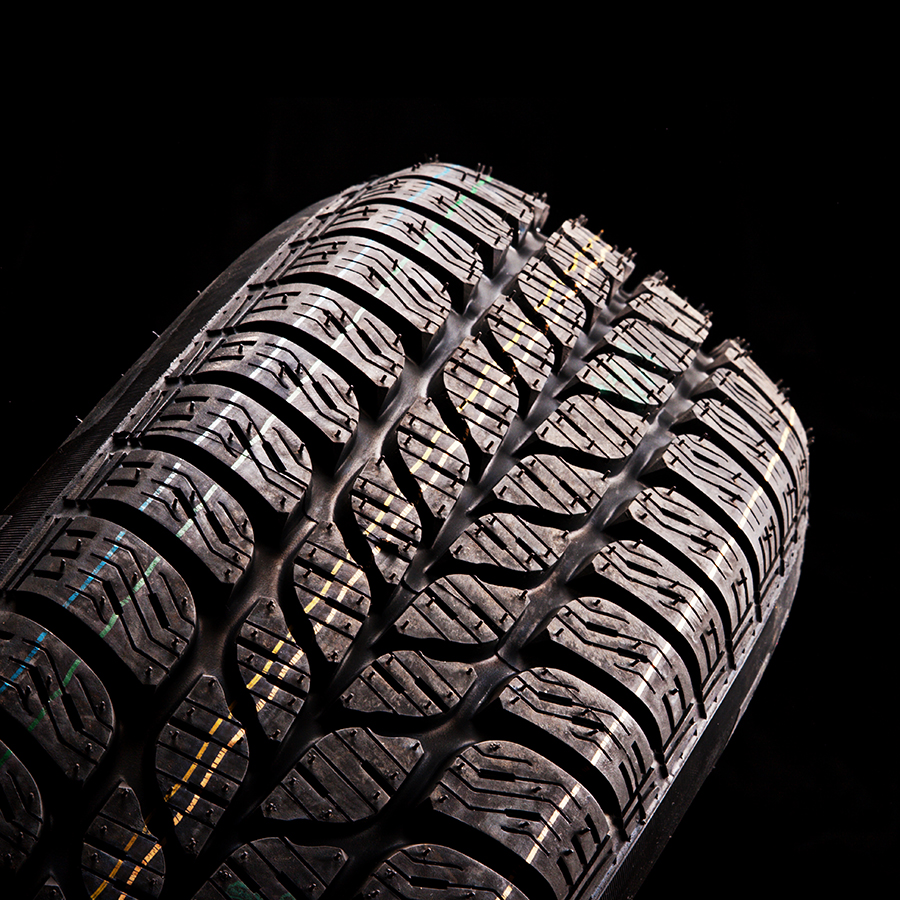Tips to Use Winter Tires: What Every Motorist Should Know About Winter Tires
Posted March 07th 2016
With the Canadian winter setting in, it’s a good idea to examine reliable ways to keep your vehicle running smoothly and efficiently. The primary purpose of Edmonton winter tires is to provide a safer and more comfortable ride even on slippery and icy roads.
In order to ensure optimal handling of winter conditions, winter tires should be equipped with good tread depth. Tread depth is the distance from the top of the tread until the bottom of the lowest tread. New winter tires are associated with tread depths of one-quarter or one-third inch, although the treads wear out over time and usage.
When tread depths experience wear and tear, they lose traction. This in turn may cause the car to ‘hydroplane’. ‘Hydroplaning’ refers to the response of the car after the motorist applies brakes suddenly and the tires lose traction. The front wheels slow down but the rear wheels become locked and the vehicle spins out of control.
An Edmonton tire with no discernible tread patterns visible is considered a ‘bald tire’ and should be immediately replaced. The best part about winter tires is that you are no longer at the mercy of the freezing weather conditions.
As a matter of fact, high quality Edmonton winter tires are also good to use on cold and wet, but snow-free roads. The best winter tires are offered by a number of top brands including Michelin, Pirelli, Goodyear and Bridgestone. As a precaution, it’s also advisable to carry a spare winter tire during cold months. The size of the spare tire should preferably correspond with manufacturer specifications.
Winter tires are a value investment for motorists who live in extremely cold areas. After all, they have to prepare to navigate snow-covered, icy roads. Moreover, the harsh weather conditions will be expected to prevail for several months.




